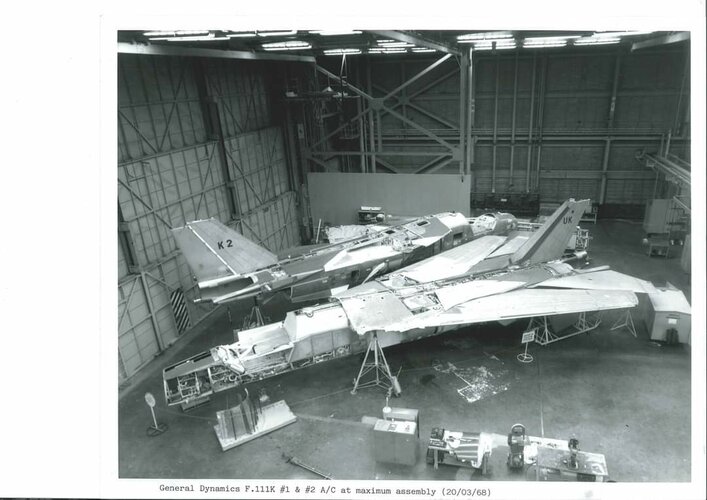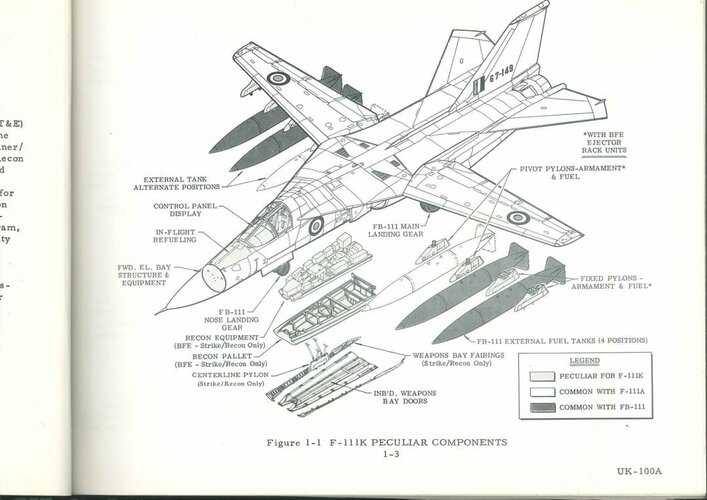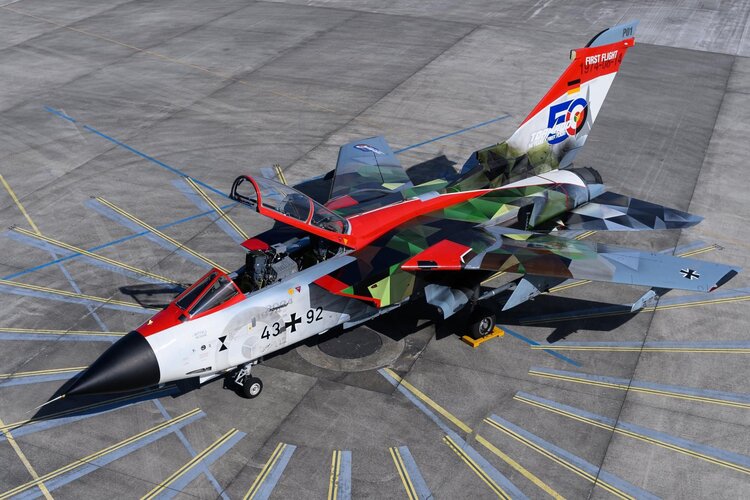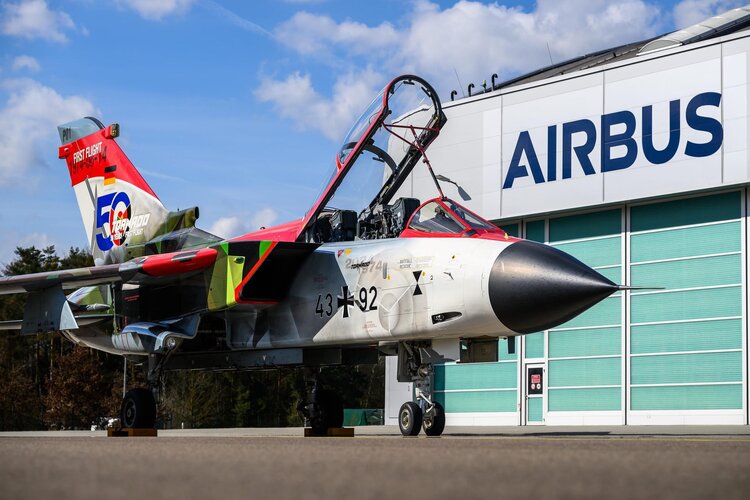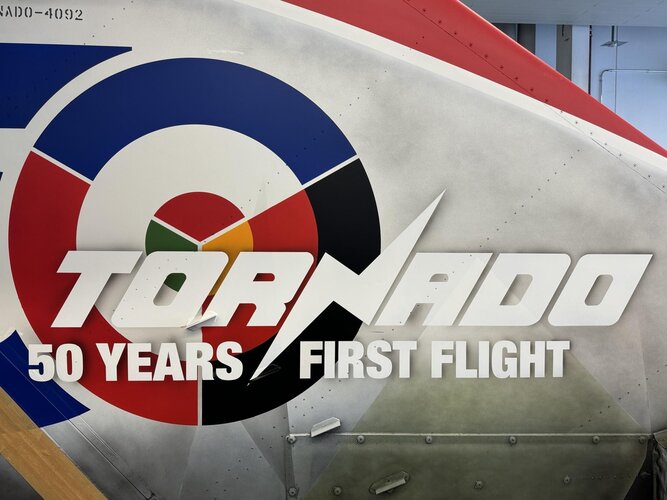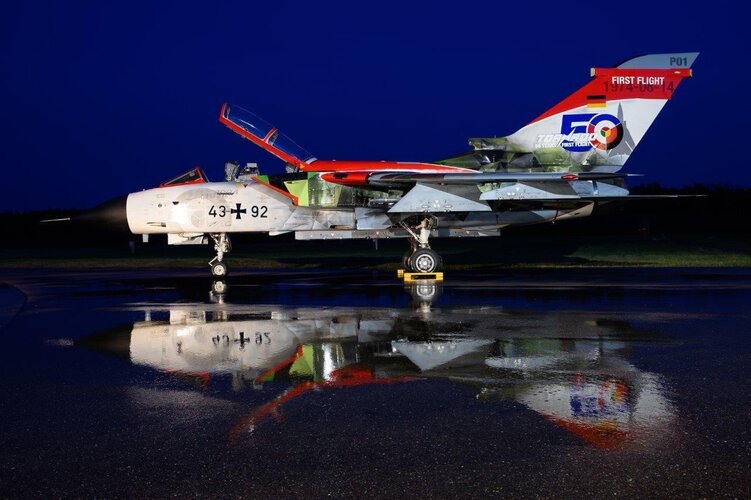So basically you're saying that any aircraft that isn't US/Russian can't be considered "successful" because it doesn't have a large indigenous user base or sufficient export financing to give them to other countries.
Those aren't metrics for success for me
No.
Read my reply again, and what I was replying to.
It was another poster that tried to categorise different platforms success into tiers.
The examples in those different tiers didn't actually compare very well when looked at objectively.
The Tornado was a successful collaborative programme for European industry in 3 of the important European nations.
It was, in my opinion, a very important programme wrt local aerospace industries, and was very successful within the closed confines of that.
IIRC, about 900 were built, which is indeed very successful.
Its sole export success outside those confines, though, was a controversial deal, mired in allegations, paid for in barrels of oil, to a nation renowned for making weapons acquisitions for political goals and influence.
I personally think the Tornado is a fine design, within the narrow confines to which it was designed, and the design choices made.
I've never thought, however, that it would enjoy the longevity in production and service of other platforms designed a few years either side of it.
And so it was.

